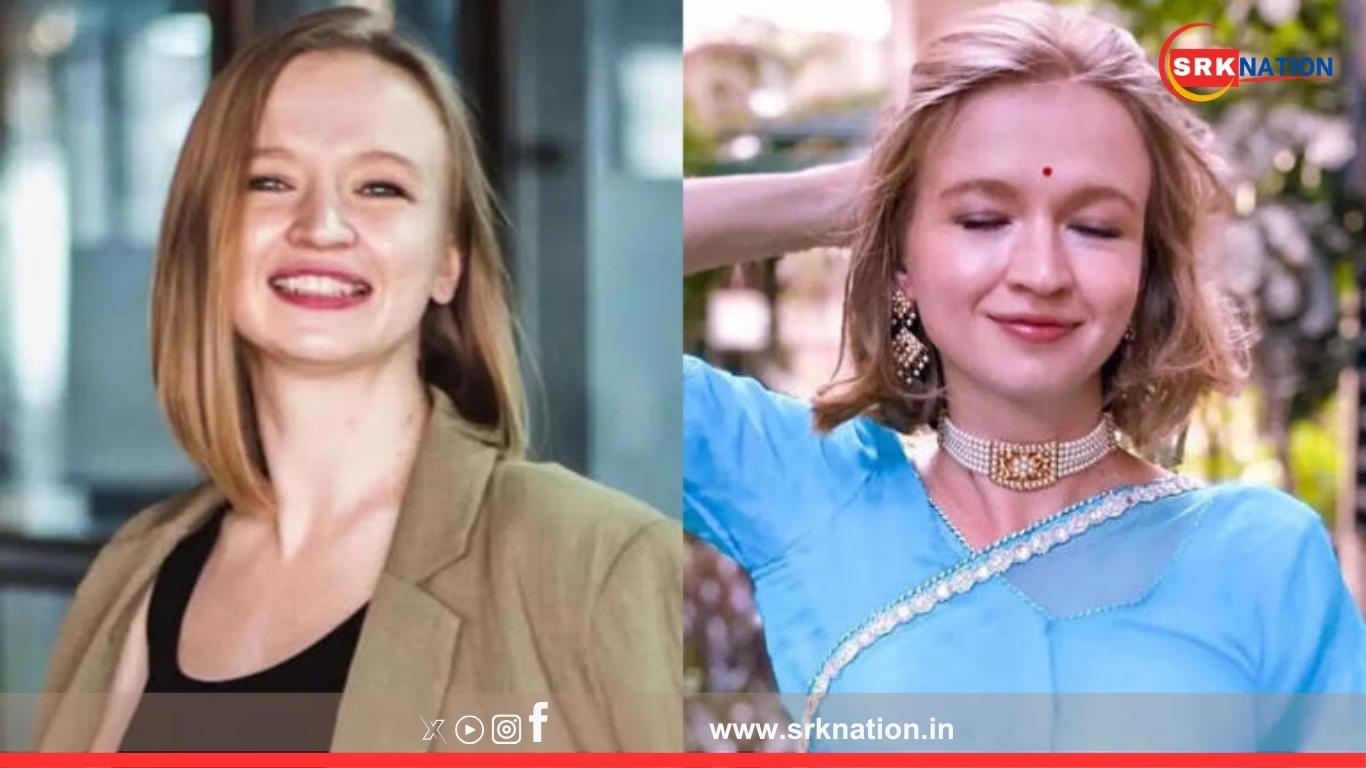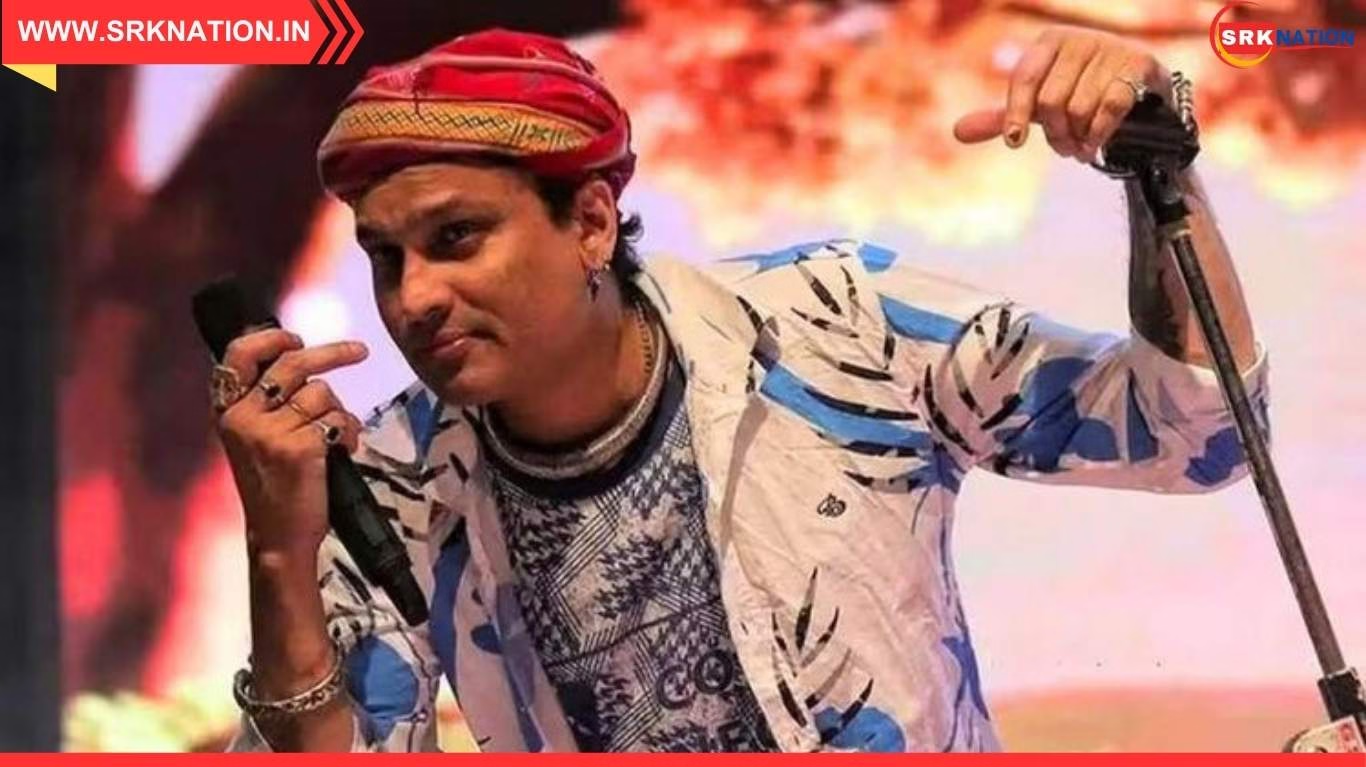A Russian influencer living in India’s tech hub Bengaluru has sparked discussions across social media platforms after she posted a candid video listing eight Indian habits she initially found ‘cringe’ but now accepts as normal. The video, uploaded on Instagram and later cross-posted on YouTube, has crossed 3 million views, reflecting how cultural contrasts continue to intrigue Indians and expatriates alike.
Who Is The Influencer?
The content creator, Anastasia Petrova, a 27-year-old digital marketing professional turned lifestyle influencer, moved to Bengaluru two years ago. Known for her reels on Indian street food, cultural etiquette, Kannada learning attempts, and local shopping hacks, she has amassed over 600,000 followers on Instagram.
In her video titled “8 Indian Habits I Found Cringe But Now They’re My New Normal”, Anastasia shares honest impressions of daily life in India. While the term ‘cringe’ triggered some criticism, most viewers appreciated her open approach.
The Eight Indian Habits She Listed
- Eating With Hands
Anastasia confessed she was uncomfortable watching people eat rice, sambar, and curries with their hands. “At first, it felt unhygienic. Now I feel forks and spoons ruin the experience, especially while eating dosa or biryani.” - Head Bobble Gesture
The Indian head bobble confused her initially as it seemed non-committal. “I never knew if it meant yes, no, or maybe. Now I bobble my head without even realising.” - Spitting Pan Masala Publicly
She still finds this habit unhygienic but acknowledges that after living in Bengaluru for two years, she has become accustomed to seeing red stains on streets. - Overuse Of Honking
Anastasia described Indian roads as noisy chaos because of constant honking. “In Russia, you honk when angry. Here, it’s like saying hello, excuse me, and move aside, all together.” - Staring At Foreigners
Initially, it made her feel self-conscious and unsafe. “Now, I just smile back. I understand people stare out of curiosity, not rudeness.” - Truck Paintings With ‘Horn OK Please’
She found trucks decorated with “Horn OK Please” amusing and didn’t understand its purpose. Now, it has become a fun part of highway drives for her. - Masala In Everything
The strong flavours in tea, buttermilk, popcorn, and fruits were overwhelming initially. “Now, if my chai doesn’t have masala, it feels bland.” - Personal Questions By Strangers
Anastasia was shocked when auto drivers or shopkeepers asked about her salary, relationship status, and family background. “In Russia, that’s too intrusive. Here, it’s normal conversation.”
Indian Netizens React
The influencer’s observations triggered a mix of humour, pride, and critique among Indian viewers.
| Sentiment | Percentage |
|---|---|
| Positive, found relatable | 55% |
| Negative, felt stereotyped | 15% |
| Neutral, amused | 30% |
Many Indians commented that these habits define India’s vibrant culture, while others advised her not to generalise all Indians under these habits. Some also appreciated her adaptability and openness.
Why Such Content Resonates
Experts note that videos by foreigners explaining Indian customs often go viral due to:
- Validation Of Local Practices: Seeing one’s daily life through a foreign lens creates relatability and humour.
- Cultural Curiosity: Indians are keen to know how their culture is perceived abroad.
- Learning Opportunity: Such content educates viewers about cultural integration challenges.
Cultural Experts’ View
Dr. Meera Iyer, cultural sociologist from Bengaluru University, explained:
“While listing habits as ‘cringe’ can sound harsh, her final acceptance and adaptation highlight cultural fluidity. Foreigners who share these journeys respectfully often get accepted as part of Indian digital culture.”
Her Journey In India
Anastasia has lived in Bengaluru’s Indiranagar neighbourhood, frequents local markets like KR Market and Shivajinagar, and recently enrolled in Kannada language classes. She plans to travel across Karnataka to document folk traditions, temple architecture, and women-led rural enterprises.
Influencer’s Clarification
Following criticism about using the word ‘cringe’, Anastasia clarified:
“I never meant disrespect. Cringe just means uncomfortable to me. But these are my daily habits now and I love them.”
Her clarification eased tensions, with many users urging her to create similar reels about Russian habits that Indians might find odd.
Indian Creators Join The Trend
In response, Indian influencers have started their own reels titled “8 Habits Foreigners Find Weird But We Love”, mentioning:
- Bargaining fiercely for small discounts.
- Adding ghee to almost every food item.
- Talking loudly on phones in public places.
- Touching elders’ feet as a mark of respect.
- Drinking hot tea in peak summer.
- Wearing indoor slippers outside casually.
- Mixing rice with curd as comfort food.
- Eating raw green chilli with meals.
The Bigger Picture
The video also reflects India’s growing global integration as one of the most popular destinations for digital nomads and creators. Bengaluru, in particular, with its cosmopolitan nature, startup energy, and cultural diversity, is attracting foreign professionals and influencers who find abundant content opportunities.
| Top Cities For Foreign Influencers In India |
|---|
| Bengaluru |
| Mumbai |
| Goa |
| Delhi |
| Jaipur |
Why Bengaluru Is Their Choice
- Tech Hub With Global Companies – Easier work visa pathways.
- English-speaking Urban Culture – Smooth integration.
- Affordable Cost Of Living Compared To Europe/US – Better savings while earning globally.
- Vibrant Cafe & Art Scene – Content-friendly lifestyle.
- Proximity To Diverse Landscapes – Hills, beaches, forests within hours of travel.
Her Future Plans
Anastasia shared she is working on a Kannada learning series for her YouTube subscribers, and plans to collaborate with Indian creators to showcase cultural fusion recipes and dance forms.
“I want to celebrate India’s diversity rather than only observe it from outside,” she said in her concluding reel.
Disclaimer
This article is based on publicly available social media posts and comments by the creator and does not intend to stereotype any community or culture. The listed habits reflect personal experiences shared online and are part of broader cultural adaptation journeys.
This viral episode highlights how India’s everyday realities continue to fascinate global audiences while also reminding creators of the responsibility to frame their narratives with respect and cultural sensitivity.











